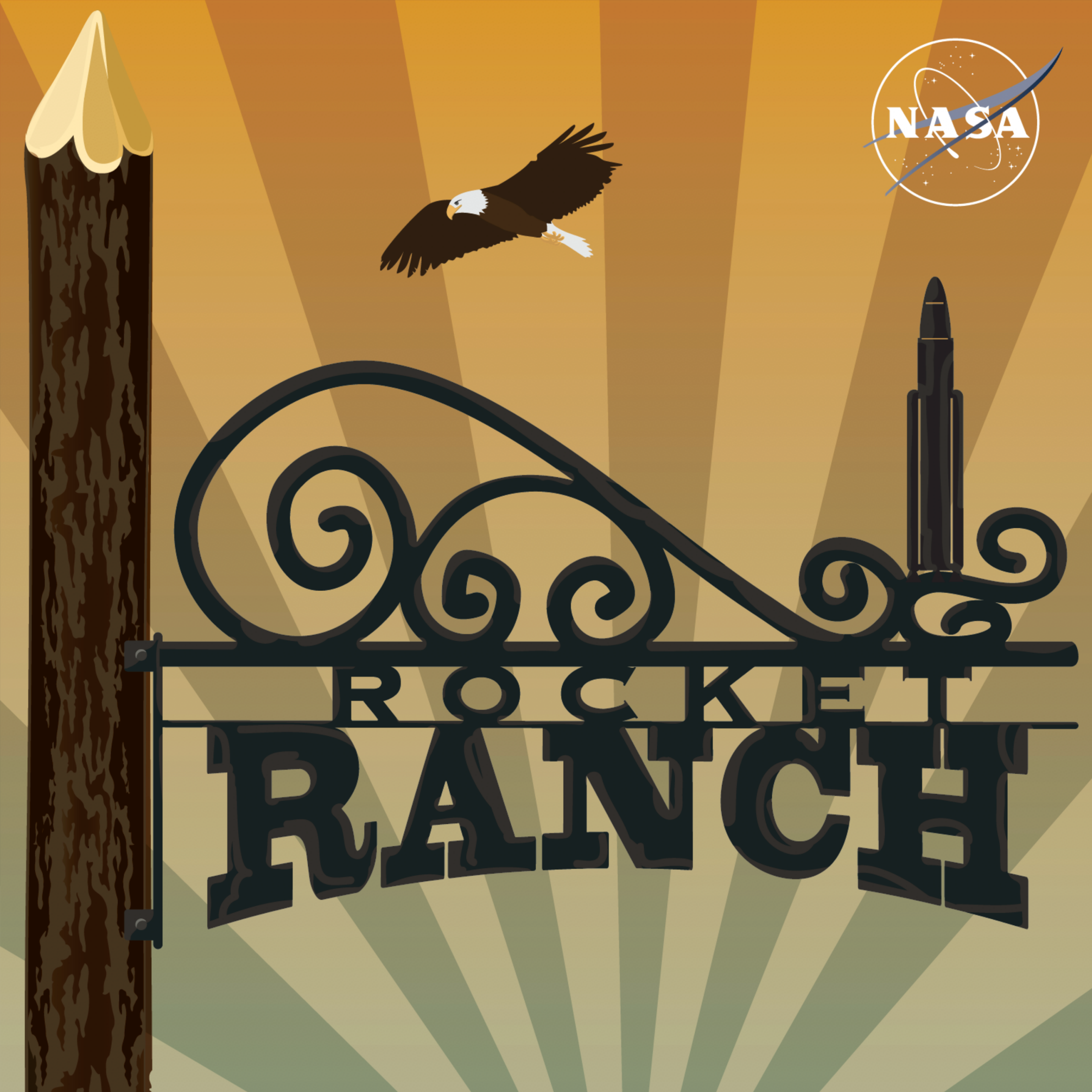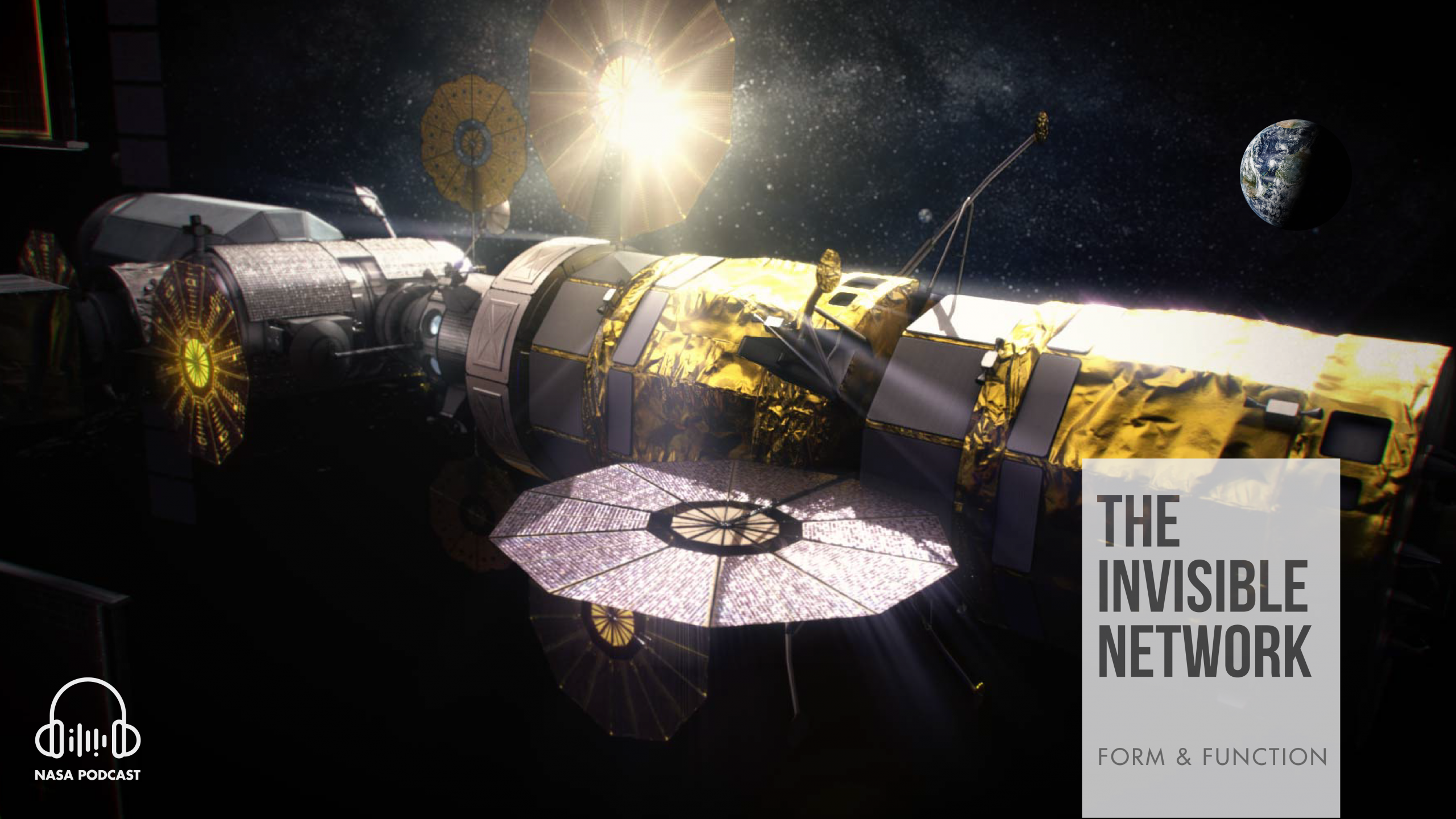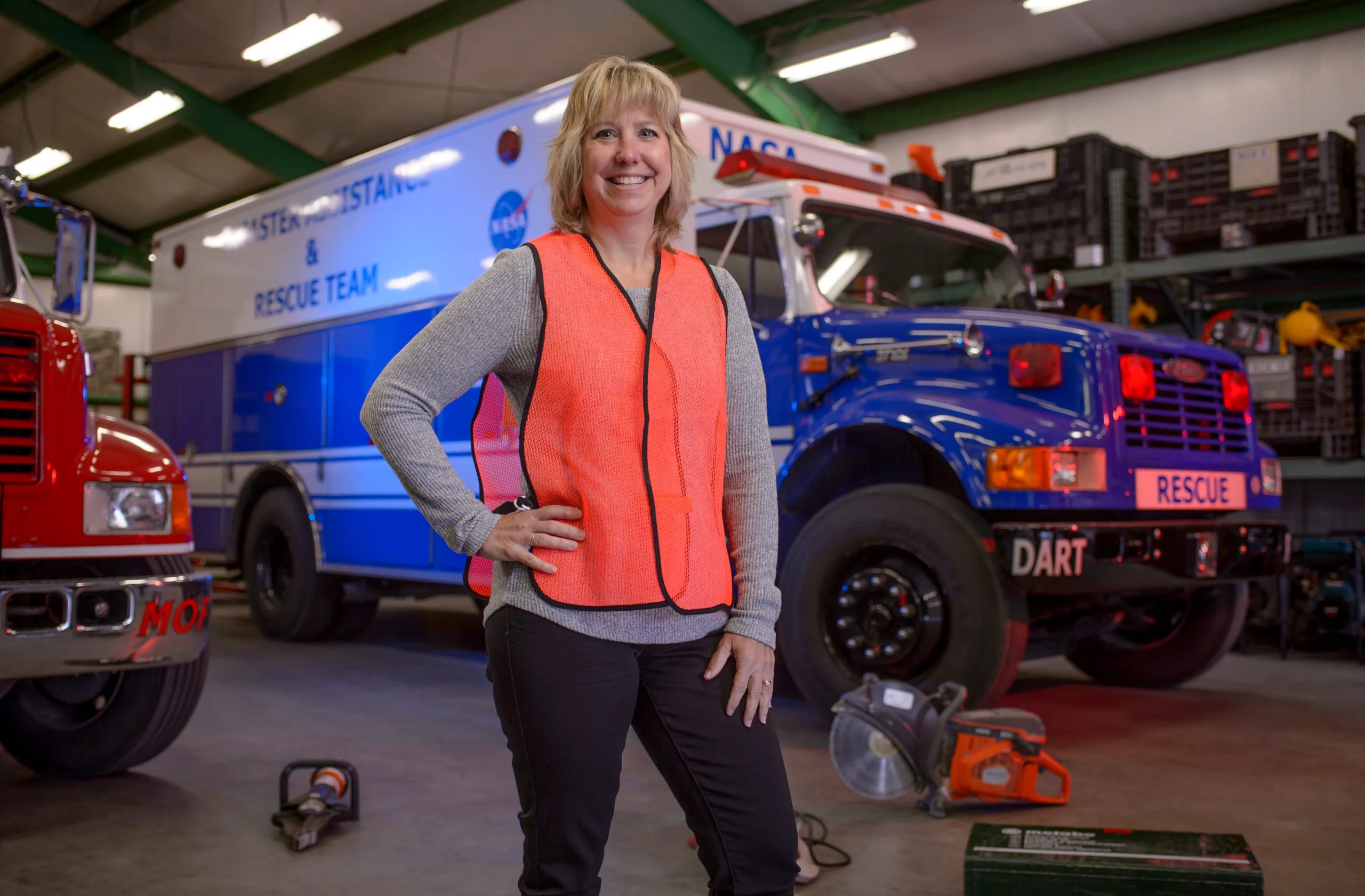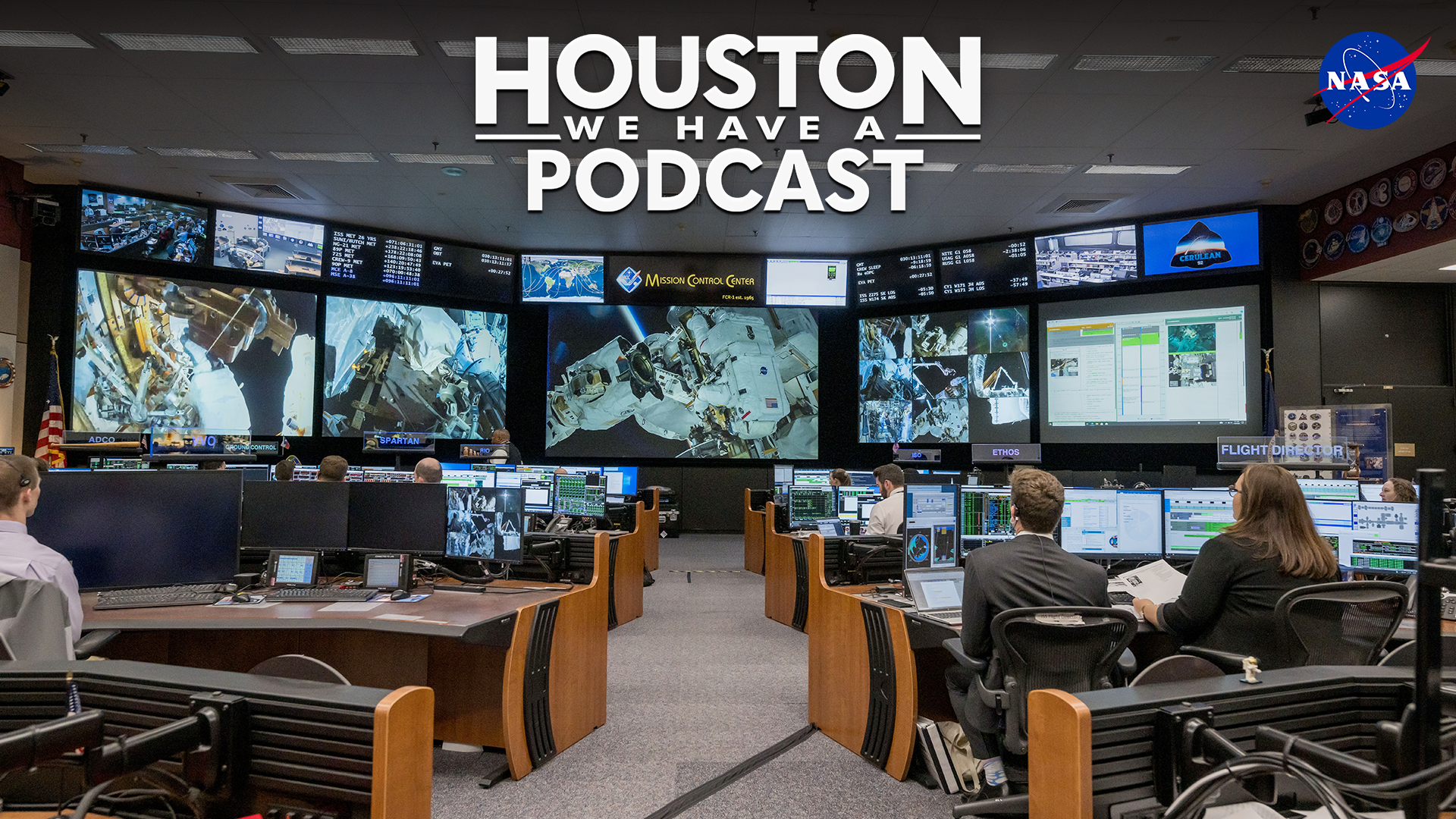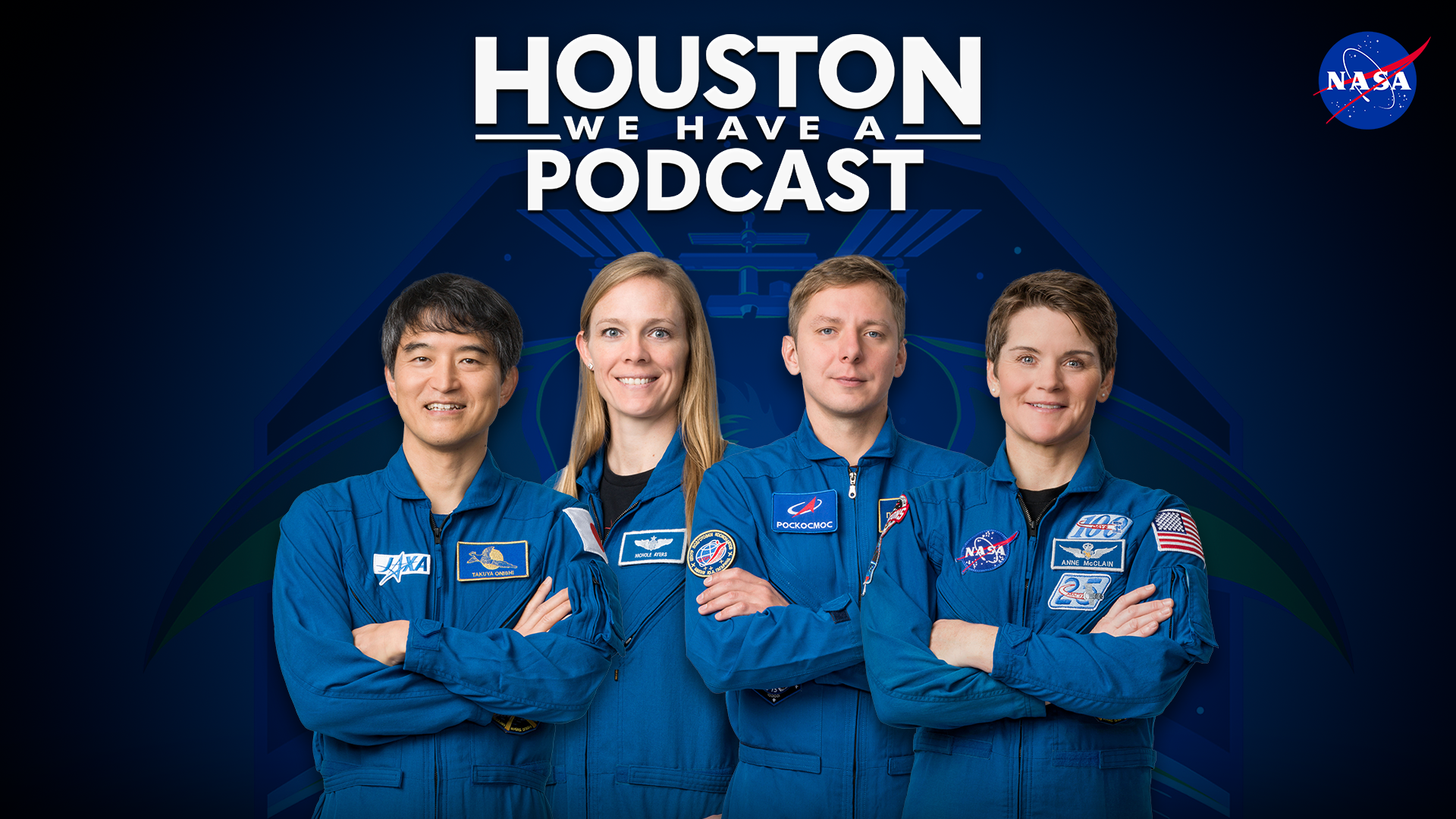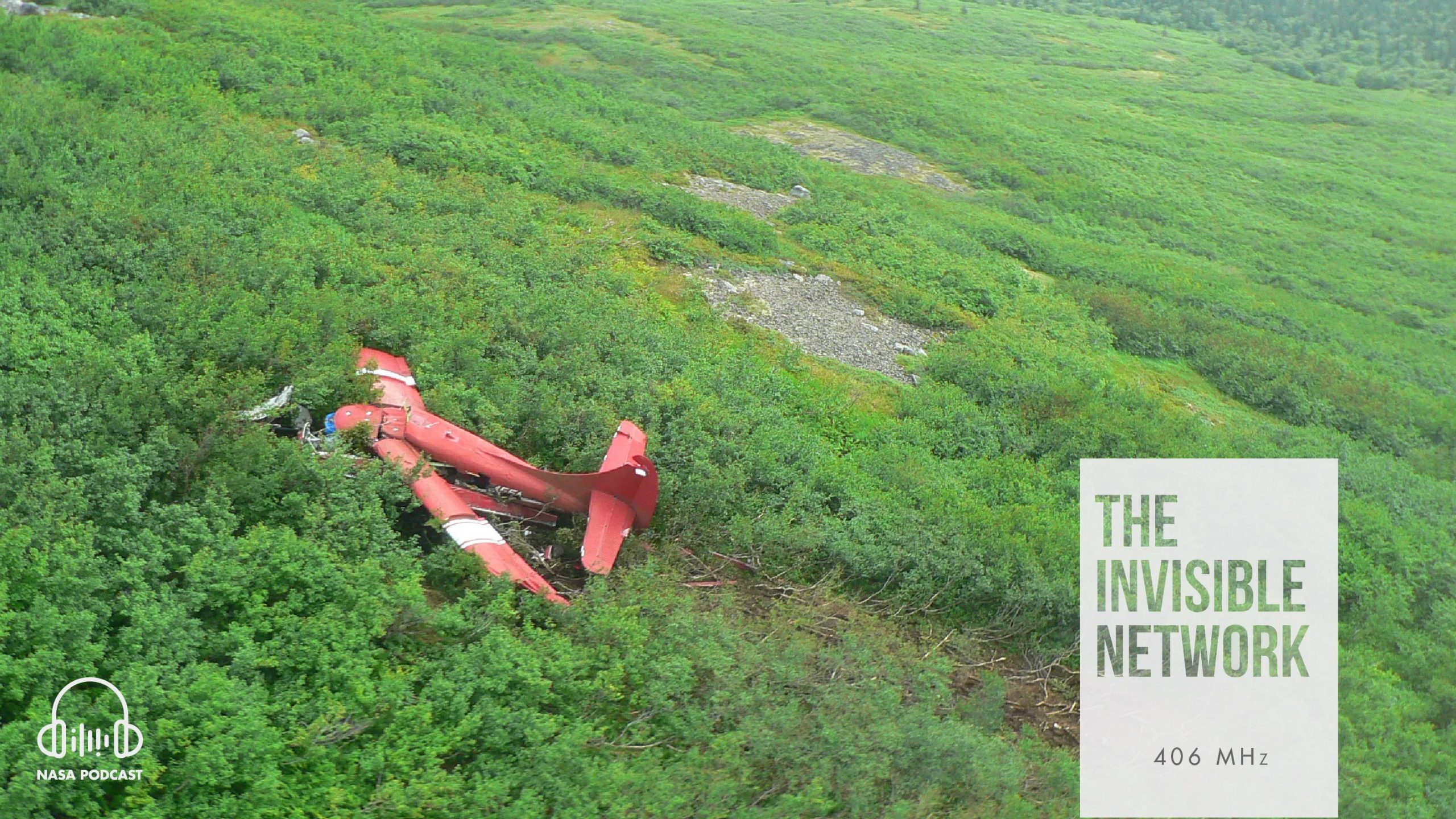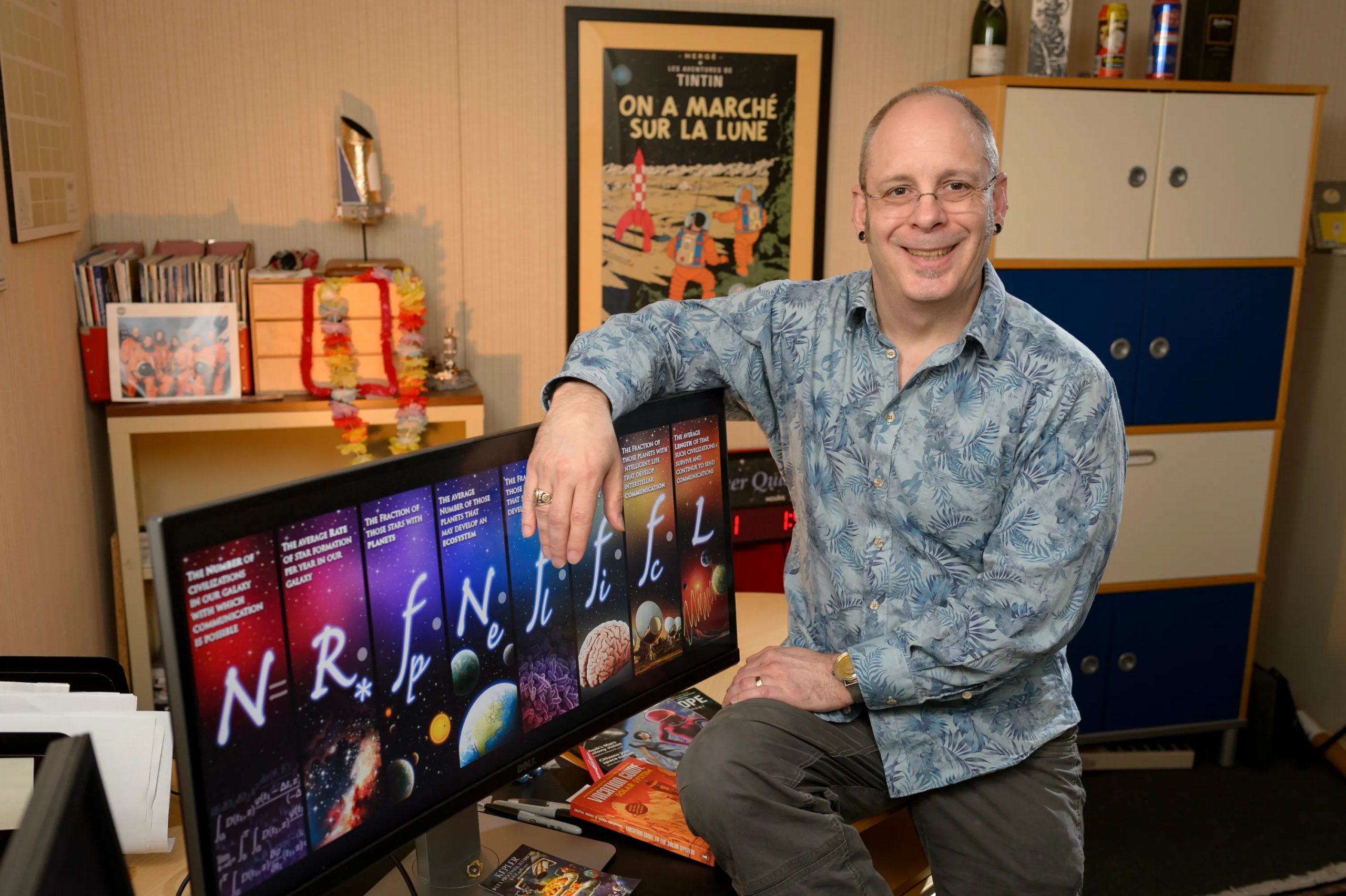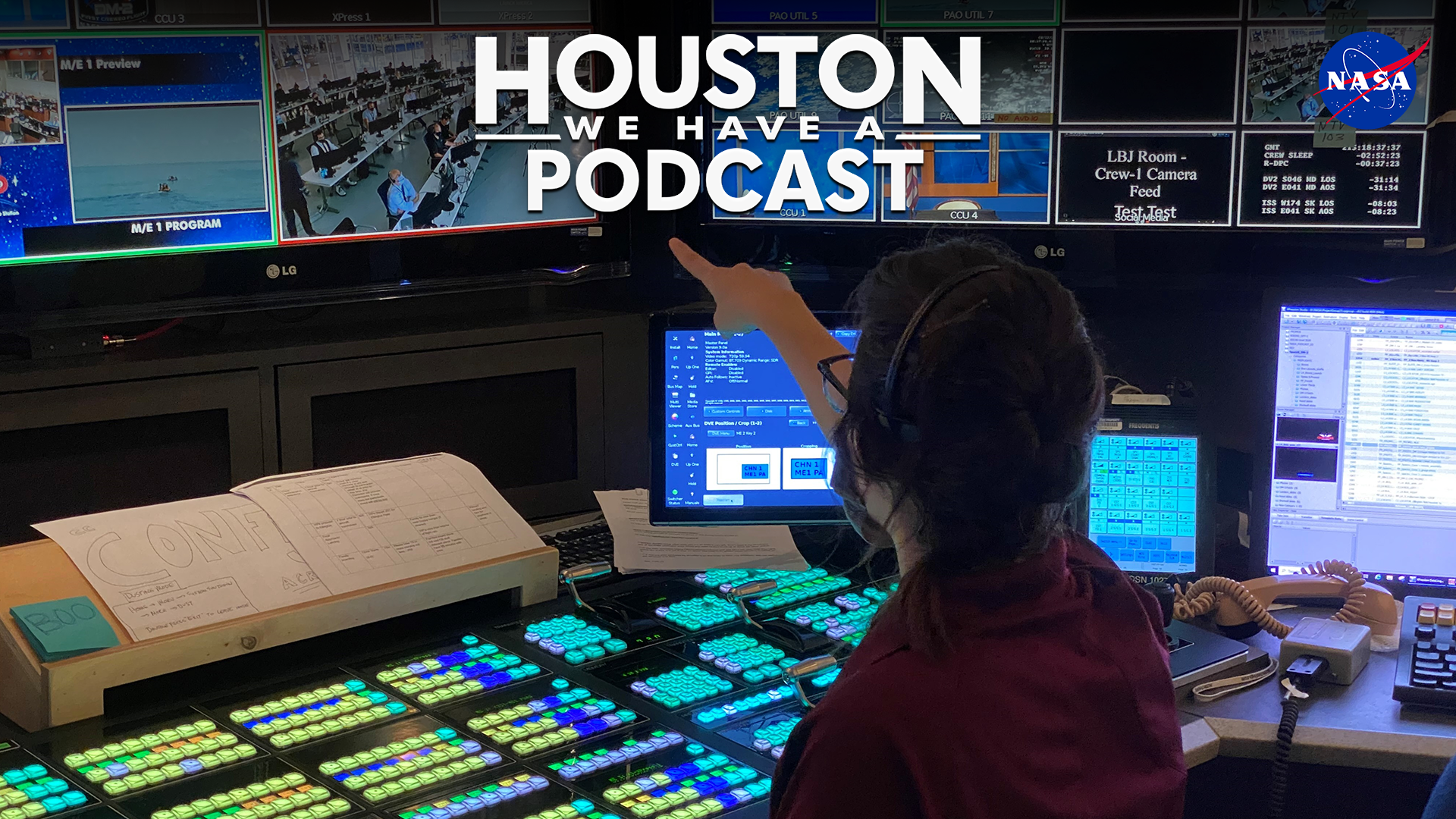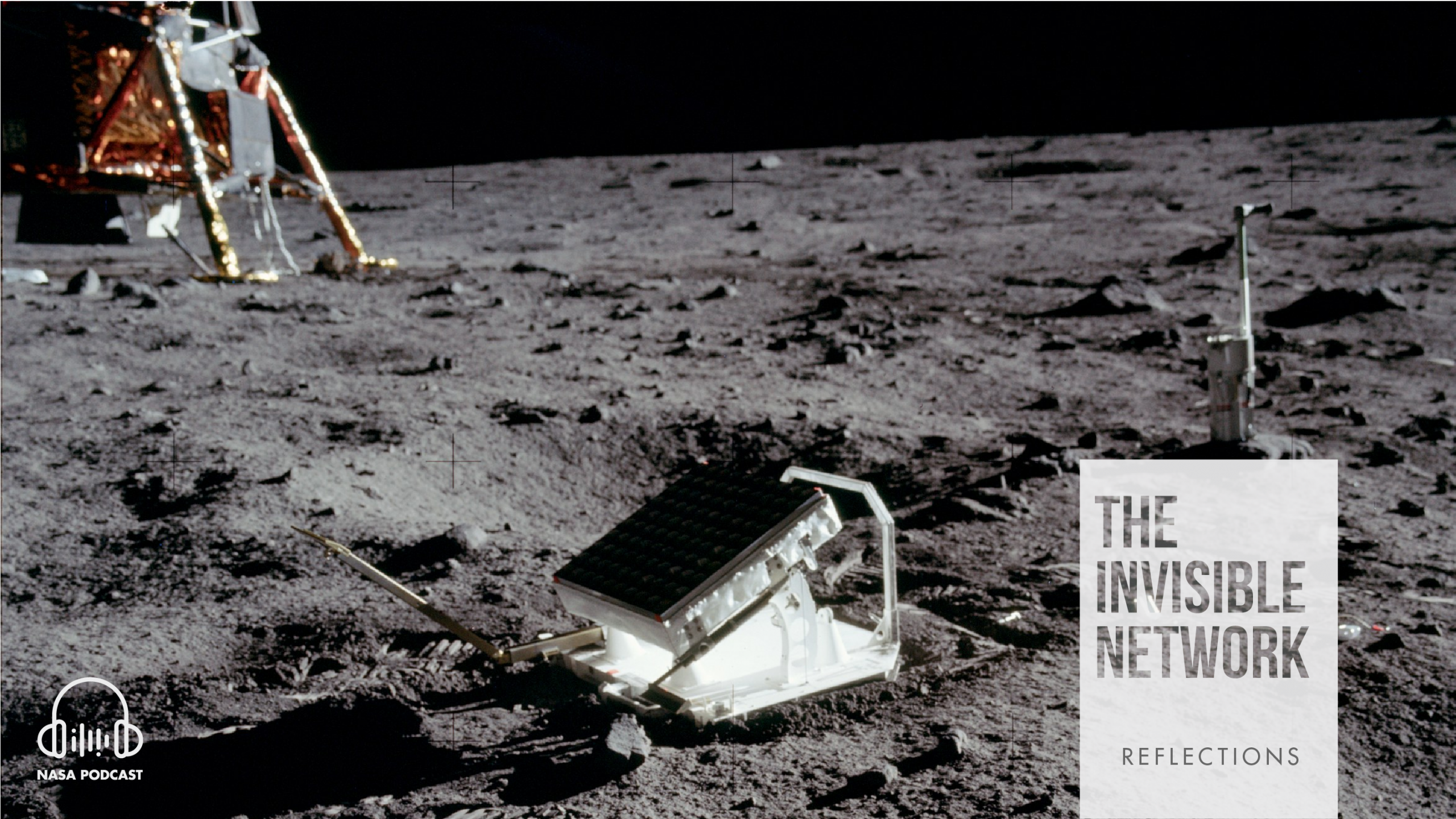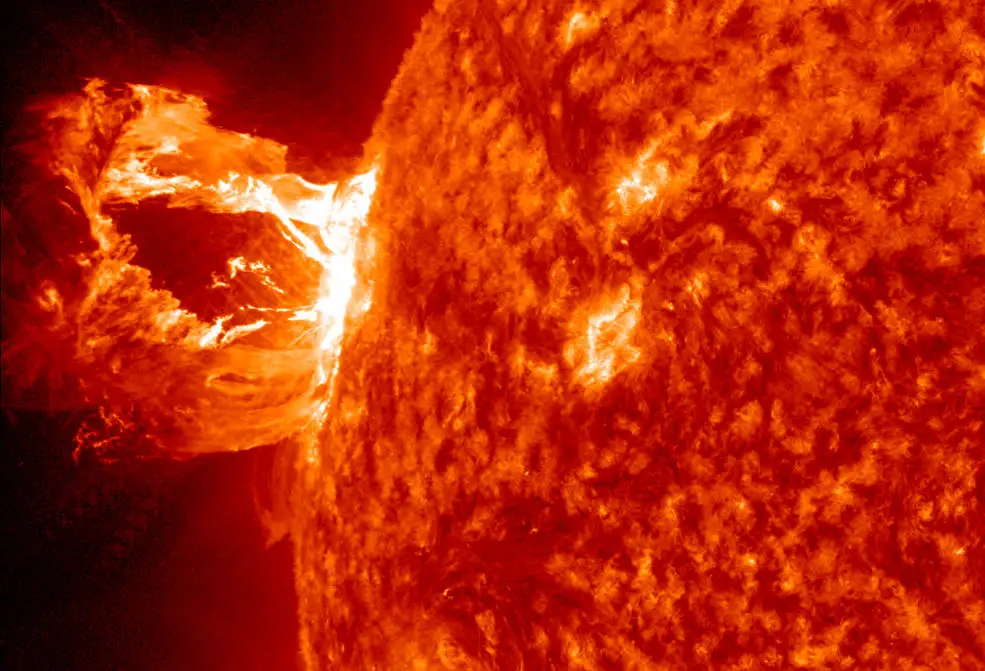Rocket Ranch – Episode 1: Mars
Joshua Santora (Host): The soil beneath your feet, the food on your table, the roof over your head…these are luxuries on Mars. Getting there isn’t a problem, it’s surviving once you land. Launch Countdown Sequence: EGS Program Chief Engineer, verify no constraints to launch. EGS Chief Engineer team has no constraints. I copy that. You are clear to launch. Five, four, three, two, one, and lift-off. All clear. Now passing through max q, maximum dynamic pressure. Welcome to space. Host: Welcome to the rocket ranch. I’m Joshua Santora. While our current focus is on the Moon, it is our…
